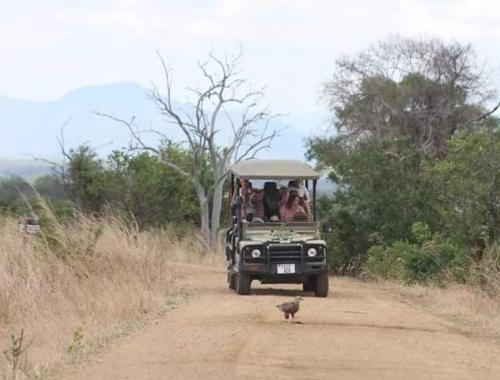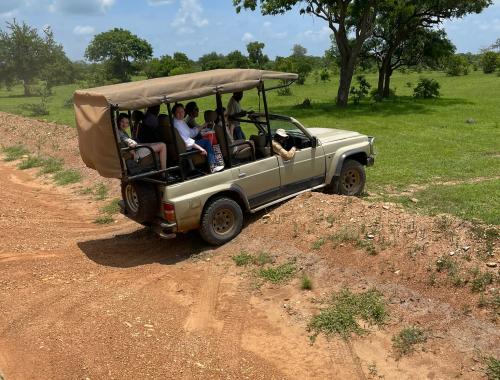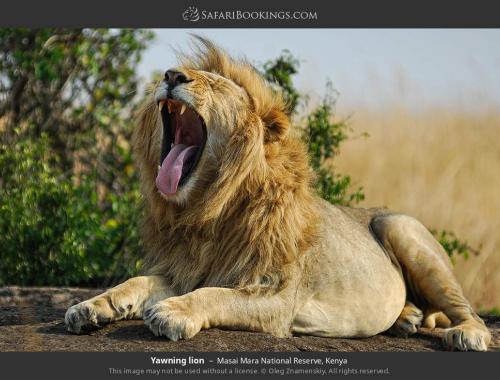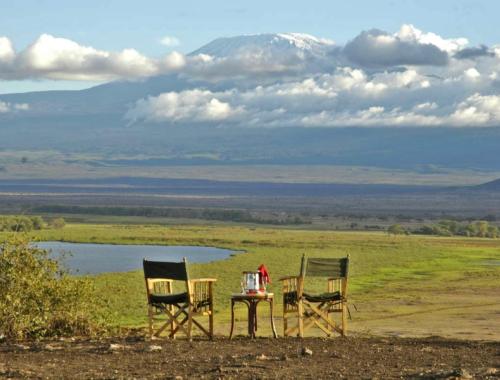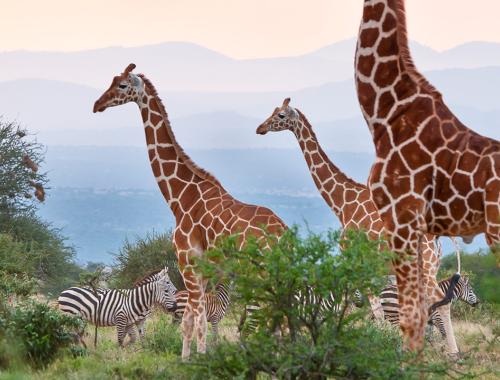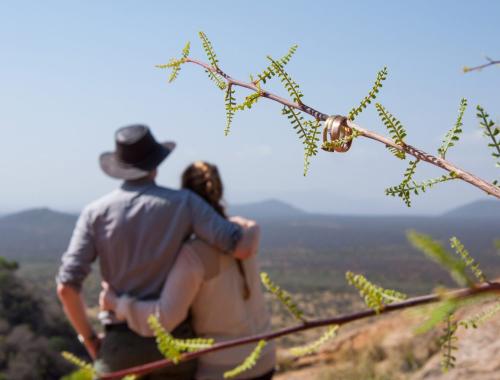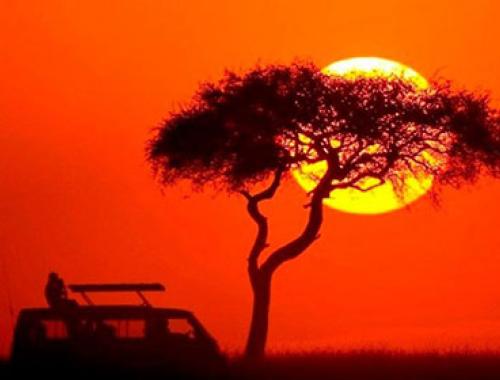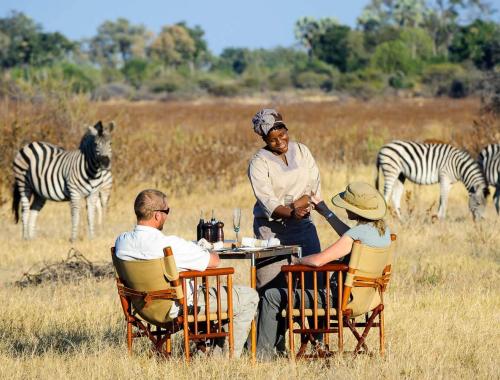Animal Tracking
Animal tracking is one of the most exciting and educational ways to explore nature. Instead of only looking at animals from a vehicle, tracking teaches you to find and follow animals by looking at the signs they leave behind. It’s like reading a story written on the ground by the animals themselves.
In Tanzania, animal tracking is offered in many national parks and game reserves, especially during walking safaris. With the help of trained guides and rangers, visitors learn to look at footprints, droppings, broken plants, and other clues to discover where animals are and what they are doing.
Animal tracking helps you feel closer to nature, makes you a better observer, and helps you understand how wild animals live, move, and survive in their natural homes.
What Is Animal Tracking?
Animal tracking is the skill of finding animals by studying signs they leave behind. Even if you don’t see the animal directly, these signs tell you what animal was there, where it was going, and how recently it passed by.
Some signs that trackers look for include:
-
Footprints (also called tracks)
-
Droppings (scat or dung)
-
Feathers or fur
-
Broken branches or bent grass
-
Scratches on trees or the ground
-
Animal sounds
-
Smell or scent marks
For example, if you see big, round footprints with five toes, a guide might tell you it was an elephant. If the footprints are small and show claws, they may belong to a hyena or wild dog. If the droppings are full of hair and bones, a lion or leopard may have passed by.
Tracking is a skill that takes years to master, but even beginners can learn and enjoy it.
Where Can You Do Animal Tracking in Tanzania?
Almost all major national parks and reserves in Tanzania offer chances to track animals during walking safaris. Some of the best places include:
1. Ruaha National Park
-
A remote and wild park, great for tracking elephants, lions, buffaloes, and antelopes.
-
Guides show you signs of animal movement around waterholes and bushland.
2. Nyerere National Park (formerly Selous Game Reserve)
-
Very large and less crowded.
-
Walking safaris and tracking are common here.
-
You can learn to track hippos, crocodiles, giraffes, and more.
3. Tarangire National Park
-
Famous for elephants and baobab trees.
-
Animal tracking can reveal elephant paths, giraffe feeding signs, and more.
4. Serengeti National Park
-
Known for the Great Migration.
-
Tracking can be part of walking safaris in special zones.
-
Learn to track wildebeest, zebras, lions, and cheetahs.
5. Ngorongoro Conservation Area
-
Great for combining wildlife tracking and cultural learning.
-
You can track animals around craters like Empakaai and Olmoti.
6. Arusha National Park
-
Close to the city, good for beginners.
-
Track monkeys, giraffes, buffaloes, and even small mammals and birds.
Why Is Animal Tracking Special?
Animal tracking offers a deep connection to wildlife. Unlike vehicle safaris where you only watch animals, tracking makes you feel like you’re part of the wild.
Here’s why it’s special:
1. You Become a Nature Detective
Tracking is like solving a mystery. You follow clues, ask questions, and slowly build the story of what the animal did.
2. You Learn More
Every footprint, scratch, or dropping teaches you something. You understand animal behavior, diets, and movement.
3. You Experience the Wild Quietly
No car noise. Just wind, birds, and your footsteps. It’s peaceful and powerful.
4. You See Small and Hidden Things
You notice insects, birds, and plants you would never see from a car. Every detail matters in tracking.
5. It Builds Respect for Nature
When you track, you learn how animals survive, what dangers they face, and how important their habitat is.
What Animals Can You Track in Tanzania?
In Tanzania’s parks, you can track many wild animals. Here are some examples:
🐘 Elephants
-
Leave large, round footprints.
-
Break tree branches when feeding.
-
Droppings contain grass and fruits.
-
Paths are wide and often used daily.
🦁 Lions
-
Big paw prints without claw marks.
-
Usually move in groups (prides).
-
Droppings are full of meat remains.
-
Often walk on roads and trails.
🐆 Leopards
-
Smaller footprints than lions, often solitary.
-
May leave scratch marks on trees.
-
Droppings near hidden spots.
-
Like to stay near rocky areas or trees.
🐕 Hyenas & Wild Dogs
-
Show claw marks in footprints.
-
Move in packs.
-
Leave scent marks and howl to communicate.
-
Droppings are white due to bones.
🐃 Buffaloes
-
Leave round, strong hoof marks.
-
Travel in large herds or alone.
-
Flatten grass when resting.
🦒 Giraffes
-
Long, oval hoof prints.
-
Eat leaves from the top of trees.
-
Often seen near acacia trees.
🐾 Smaller animals
-
You can also track monkeys, warthogs, antelopes, mongoose, porcupines, and even snakes.
Tools Used in Animal Tracking
You don’t need much to start tracking, but these tools help:
-
Binoculars – for spotting animals from a distance
-
Field Guide Book – with pictures of tracks, animals, and plants
-
Notebook and pen – to record what you find
-
Camera or phone – to take photos of tracks and signs
-
Walking stick – to clear grass or check soft ground
-
Good walking shoes – for comfort and safety
Role of the Guide or Ranger
A guide is very important in animal tracking. They:
-
Identify signs quickly and correctly
-
Keep you safe from dangerous animals
-
Teach you about animals, trees, and the land
-
Show you how to move quietly and respectfully
-
Tell stories of the bush and its secrets
Guides are trained and experienced. They know how to read the land like a book.
Safety While Tracking Animals
Tracking is safe when done with a professional. But there are rules:
-
Always follow the guide’s instructions
-
Walk in a single line, not scattered
-
Stay quiet and do not run
-
Wear natural colors (not bright clothes)
-
Never touch droppings or unknown plants
-
Don’t walk alone
-
Always carry water, hat, and sunscreen
If an animal is too close, your guide knows what to do. Stay calm and still.
When to Go Animal Tracking
✅ Best Time
-
Dry Season (June to October)
-
Easy to see tracks on dry ground
-
Grass is short
-
Animals gather near water sources
-
❌ Wet Season (March to May)
-
Hard to see tracks in mud or thick grass
-
Fewer walking trails are open
-
Some parks may stop walking safaris
Still, tracking in the wet season can be done in some areas with good guides.
Cultural Animal Tracking
In some parks, especially near local communities, you can also learn traditional tracking methods.
Hadza, a hunter-gatherer tribe near Lake Eyasi, are experts in tracking. They can follow an animal for hours by looking at dust, grass, and scent. Some walking tours let visitors learn from them.Tracking is part of their life, passed down from generation to generation.
How Tracking Helps Conservation
Tracking is not just fun—it helps protect nature:
-
Guides and rangers use tracking to find sick or injured animals
-
Helps count animal populations
-
Helps study animal behavior
-
Tracks can tell if there are poachers nearby
-
Educates tourists and builds love for wildlife
When tourists enjoy tracking, they also support parks, jobs, and conservation work.
In Tanzania, you can enjoy this ancient skill in some of the world’s best national parks. With a good guide, an open mind, and sharp eyes, every walk becomes an adventure. Whether you’re following the big round print of an elephant or the tiny trail of a mongoose, tracking helps you see the land through the eyes of the animals.

